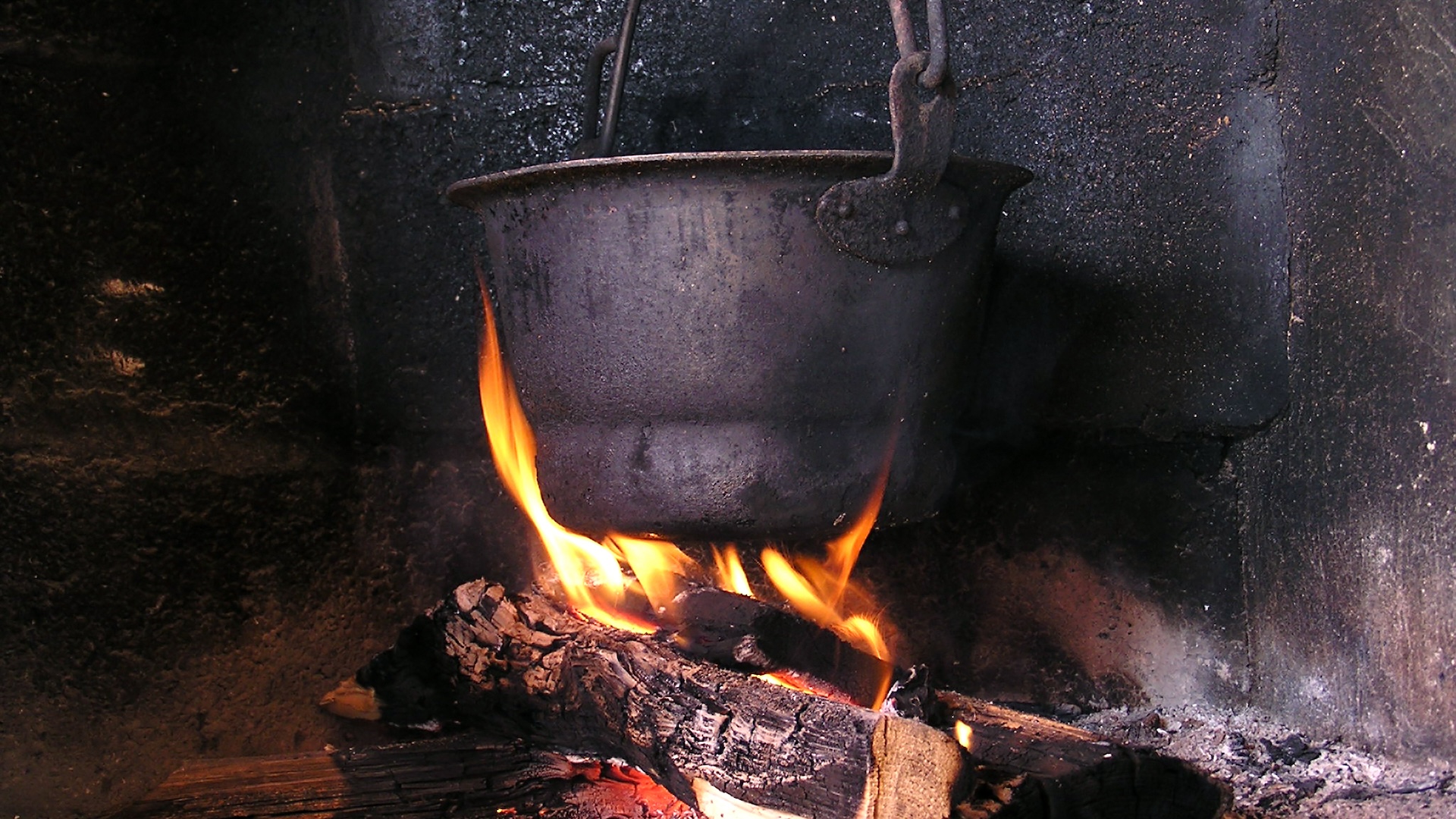Mars Rover Curiosity Beams Home 1st Color Panorama of Red Planet

NASA's Mars rover Curiosity has captured a magnificent postcard from the Red Planet — a 360-degree color view that offers a glimpse of the rover's colorful and apparently diverse surroundings.
Curiosity, which is also known as the Mars Science Laboratory, successfully touched down on Mars on Sunday (Aug. 5 PDT), and has already snapped a flurry of photos, including sweeping black-and-white and color images of the Martian landscape and a self-portrait. In a news briefing today (Aug. 9), NASA released images and video of Curiosity's first color panorama view, a mosaic taken on the rover's third full day on Mars, which mission managers refer to as Sol 3.
The panoramic view shows Curiosity's own shadow reflected onto the Martian surface, with a dark band of dunes in the distance, and the rim of Gale Crater beyond that. Nearby on the left and right, gray patches where the spacecraft's rocket-powered sky crane blasted the ground can be clearly seen. The sky crane helped slow Curiosity's speed as it flew through the Martian atmosphere to the planet's surface.
The impact of the rocket plumes kicked up material from the surface, leaving these gaping scars that scientists are now eager to investigate.
"There's been a lot of discussion and an awful lot of eagerness to know what the composition of the rocks are, and to use our laser," said Dawn Sumner, a Mars Science Laboratory scientist and a geology professor at the University of California, Davis. [Gallery: 1st Photos of Mars by Curiosity Rover]
The color panorama was stitched together using 130 images that are 144 by 144 pixels each. A selected number of full frame versions from the panorama are expected to be relayed back to Earth at a later date, said Michael Malin, of Malin Space Science Systems in San Diego and principal investigator of Curiosity's imaging system, called Mastcam.
The panoramic view also showcases Mars' true colors, albeit slightly brighter.
Sign up for the Live Science daily newsletter now
Get the world’s most fascinating discoveries delivered straight to your inbox.
"They're what the camera sent back, I just brightened them up," Malin said. "That's what the bare filter gets you when you look at Mars."
Mission controllers are now preparing for a roughly 4-day procedure to update Curiosity with new software from the ground. This transition is expected to begin on Saturday (Aug. 11), and will switch the rover's focus from landing to its new life of operating on the Martian surface, NASA officials said.
During the software transition, however, science operations will temporarily take a back seat. After the software upgrade is complete, researchers are keen to study the colorful features highlighted in Curiosity's color panorama.
"We're very excited that there are a lot of things to look at," Sumner said.
As for the different colors in the photo — the dark, almost bluish appearance of the dune field, the dark dust, the reddish Martian dust, and the lighter-toned pebbles — scientists are hoping Curiosity will be able to answer whether these indicate differences in composition as well.
"We don't know whether they're the same or different compositions, but they certainly have different textures. We're hoping the colors can guide us to some variations as well."
This story was provided by SPACE.com, a sister site to LiveScience. Visit SPACE.com for complete coverage of NASA's Mars rover Curiosity. Follow Denise Chow on Twitter @denisechow or SPACE.com @Spacedotcom. We're also on Facebook and Google+.

Denise Chow was the assistant managing editor at Live Science before moving to NBC News as a science reporter, where she focuses on general science and climate change. Before joining the Live Science team in 2013, she spent two years as a staff writer for Space.com, writing about rocket launches and covering NASA's final three space shuttle missions. A Canadian transplant, Denise has a bachelor's degree from the University of Toronto, and a master's degree in journalism from New York University.











